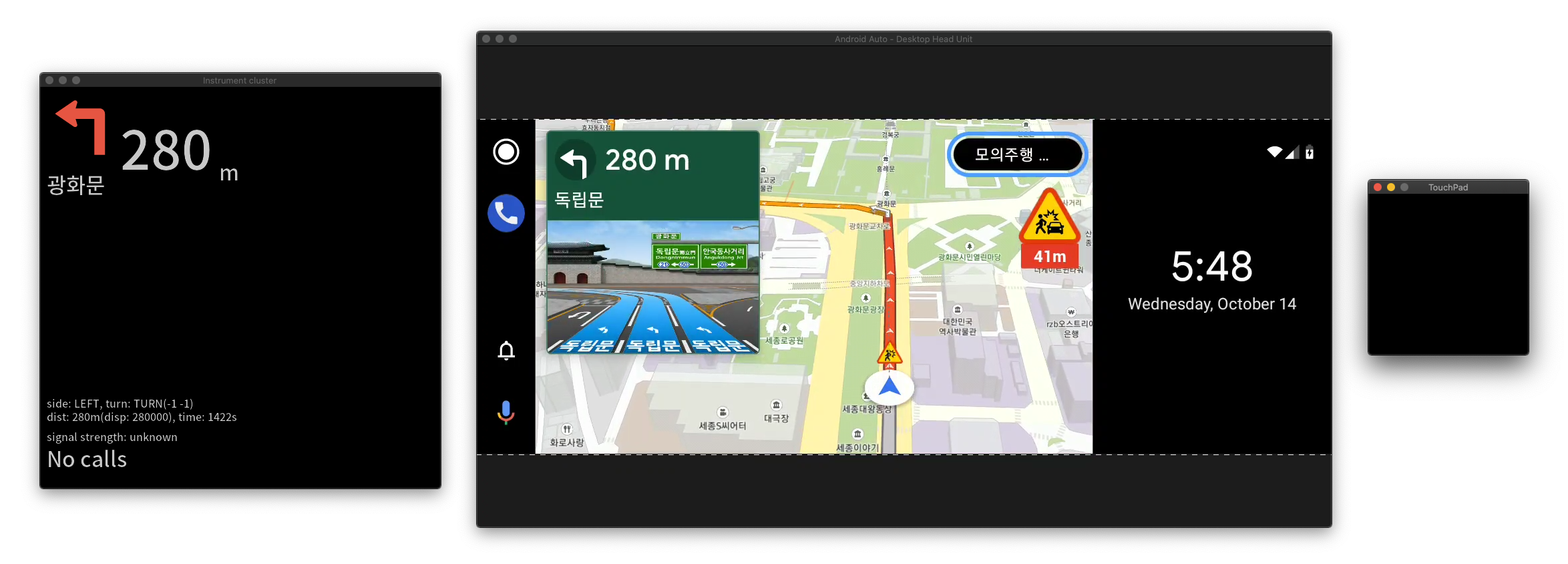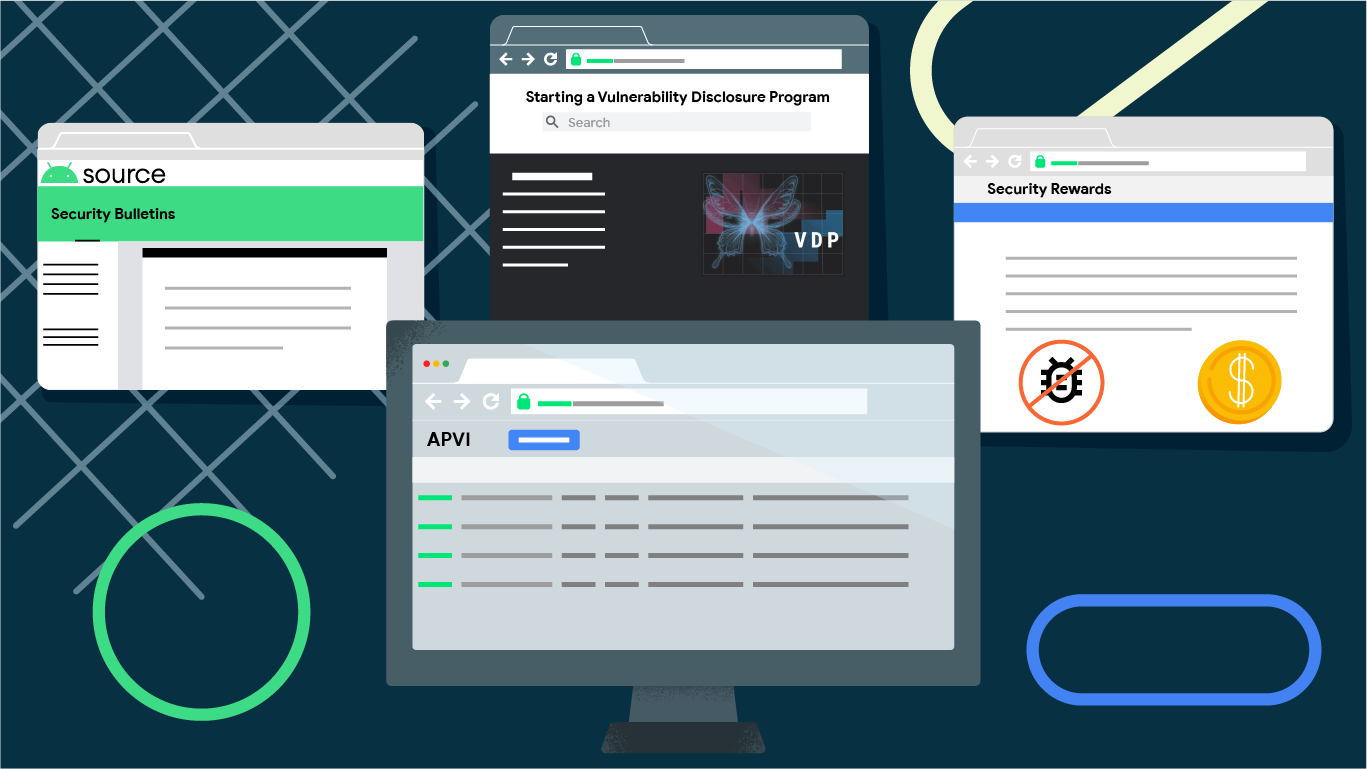Android Development
Android Development
Android development starts with the Android SDK(Software Development Kit). While there are many different programming languages and a host of IDEs(Integrated Development Environments)you can use to create an app, the SDK is a constant.
Anatomy of the Android SDK
The Android SDK can be broken down into several components. These include:
Platform-tools
Build-tools
SDK-tools
The Android Debug Bridge(ADB)
Android Emulator
Arguably the most important parts of this package are in the SDK tools. You will need these tools regardless of which version of android you are targeting. These are what will actually create the APK-turning your java program into an android app that can be launched on a phone. These include a number of build tools, debugging tools, and image tools. An example is DDMS, which is what lets us use the android device monitor to check the status of an Android device.
Introducing the Android for Cars App Library
In August, we announced plans to expand Android Auto’s app ecosystem to enable new navigation, parking, and electric vehicle charging apps. We’ve been hard at work collaborating with our early access partners to test and refine the Android for Cars App Library. Today, we’re releasing the library into open beta, for any developer to use. This means you’ll now be able to design, develop, and test your navigation, parking, or charging app on Android Auto. We’re looking forward to enabling Google Play Store publishing for your beta apps in the coming months.

The design phase is the time of familiarizing yourself with our design guidelines and app quality guidelines. Driver safety is core to our mission and we want to help you optimize your app for the car.
When it comes time to build your app, our new library will hopefully make development easy. get started with the developer guide and please give us feedback via our public issue tracker.
in the testing phase, see your app come alive on the Desktop Head Unit (DHU),our emulator that lets you simulate a car infotainment display. The DHU now supports multiple screen sizes, displaying information in the instrument cluster, and simulating vehicles with touchpad input.

Announcing the launch of the Android Partner Vulnerability Initiative

Google’s Android Security & Privacy team has launched the Android Partner Vulnerability Initiative (APVI) to manage security issues specific to Android OMEs. The APVI is designed to drive remediation and provide transparency to users about issues we have discovered at Google that affect device models shipped by Android Partners.
More information
Keep an eye out at
codersdek.com for future disclosures of Android Development issues under this program, or find more information there on issues that have already been disclosed.
